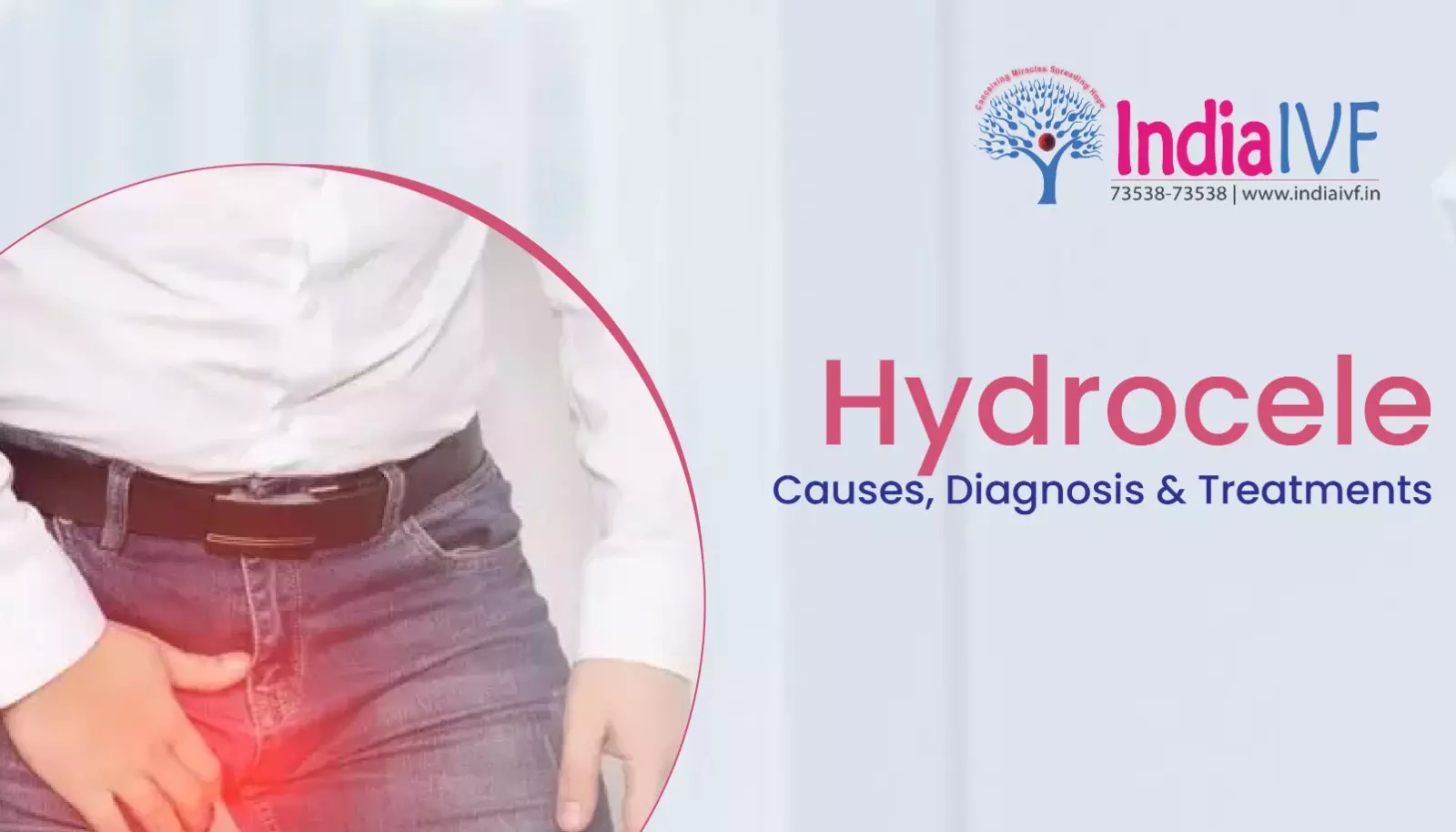Your cart is currently empty!



Have you ever stumbled upon the term ‘hydrocele’ and scratched your head, wondering, “What on earth is that?” No sweat, folks! We’re here to spill the beans. It’s more common than you might think, especially among newborns and older gents. Let’s dive in, shall we?
A hydrocele is a fluid-filled sac surrounding a testicle, leading to swelling in the scrotum. It’s akin to a water balloon inside your pocket, but don’t get it twisted, this isn’t a toy.
Hydrocele Surgery (or Hydrocele Operation): The most straightforward solution is surgery, which has a few types:
Hydrocele Yoga and Exercise: Believe it or not, some claim that specific exercises and yoga poses might help. Who knew?
The cost can be a bit of a wild card. It varies based on location, hospital, type of surgery, and the doctor’s experience. But rest assured, your health is priceless, and the results often justify the costs.
The hallmark of a hydrocele is the hydrocele fluid. This isn’t just any fluid; it’s a clear or slightly yellowish liquid that’s a mix of water and proteins. The buildup of this fluid in the scrotum is what leads to the swelling and can be due to various reasons, like injury, inflammation, or blockage of the spermatic cord.
Hydroceles primarily occur in the testicles or, more precisely, around them. Hydrocele in testis is a common occurrence, especially among newborns. It can also happen later in life due to trauma or inflammation.
While hydroceles are generally benign, complications can arise. A significant increase in the size can cause discomfort and pain. There’s also the risk of infection or, in very rare cases, a hydrocele might be associated with an underlying testicular condition. Staying vigilant and seeking timely intervention can help in sidestepping these hydrocele complications.
A hydrocele doctor, typically a urologist, is the go-to specialist for diagnosing and treating this condition. Their expertise includes a thorough understanding of the reproductive system and the intricacies of hydroceles, ensuring that you’re in safe hands.
Hydroceles may require surgical intervention, especially if they’re large or causing discomfort. There are a few surgery types:
Remember, it’s essential to discuss the pros and cons of each hydrocele surgery type with your doctor.
It might sound outlandish, but some believe that specific exercises and hydrocele yoga poses can alleviate symptoms. While there’s limited scientific backing, gentle stretches and exercises that promote lymphatic drainage could potentially help. But, always chat with your doc before starting any new regimen.
Before any treatment decision, a thorough hydrocele examination is paramount. This often involves a physical examination and an ultrasound. Through this, the doctor can ascertain the size, consistency, and any potential complications of the hydrocele.
Hydrocele treatment without surgery: Some turn to home remedies or try to manage symptoms without surgery.
Potential complications: As with any condition, there are potential hydrocele complications. It’s crucial to keep an open line with your hydrocele doctor to ensure you’re on the right track.
Understanding hydroceles – from their causes and diagnosis to the various treatment options – is crucial for anyone affected by this condition. Armed with this knowledge, you can approach the situation with confidence and ensure that you or your loved one receives the best care possible. Remember, the key is to stay informed and consult with a trusted physician.
It varies. It could be due to injury, infection, or just a fluid imbalance.
Yes, hydrocele surgery is generally safe, but, like all surgeries, it comes with risks. It's vital to consult with a trusted hydrocele doctor.
Typically, you're looking at about a week. But listen to your body, and don’t rush it!
Mostly, yes. The primary symptom is a noticeable swelling in the scrotum.
There are alternative treatments, but their efficacy varies. It's best to consult with a doctor.
Absolutely. An ultrasound can provide a clear image of the hydrocele, aiding in diagnosis.
There's anecdotal evidence, but it's always a good idea to pair these with traditional treatments and doctor consultations.
Yes, they are. But most times, they resolve on their own within the first year of life.
If untreated, it can lead to infections or, in rare cases, decrease blood flow to the testicles.
At India IVF Clinics we provide the most comprehensive range of services to cover all the requirements at a Fertility clinic including in-house lab, consultations & treatments.